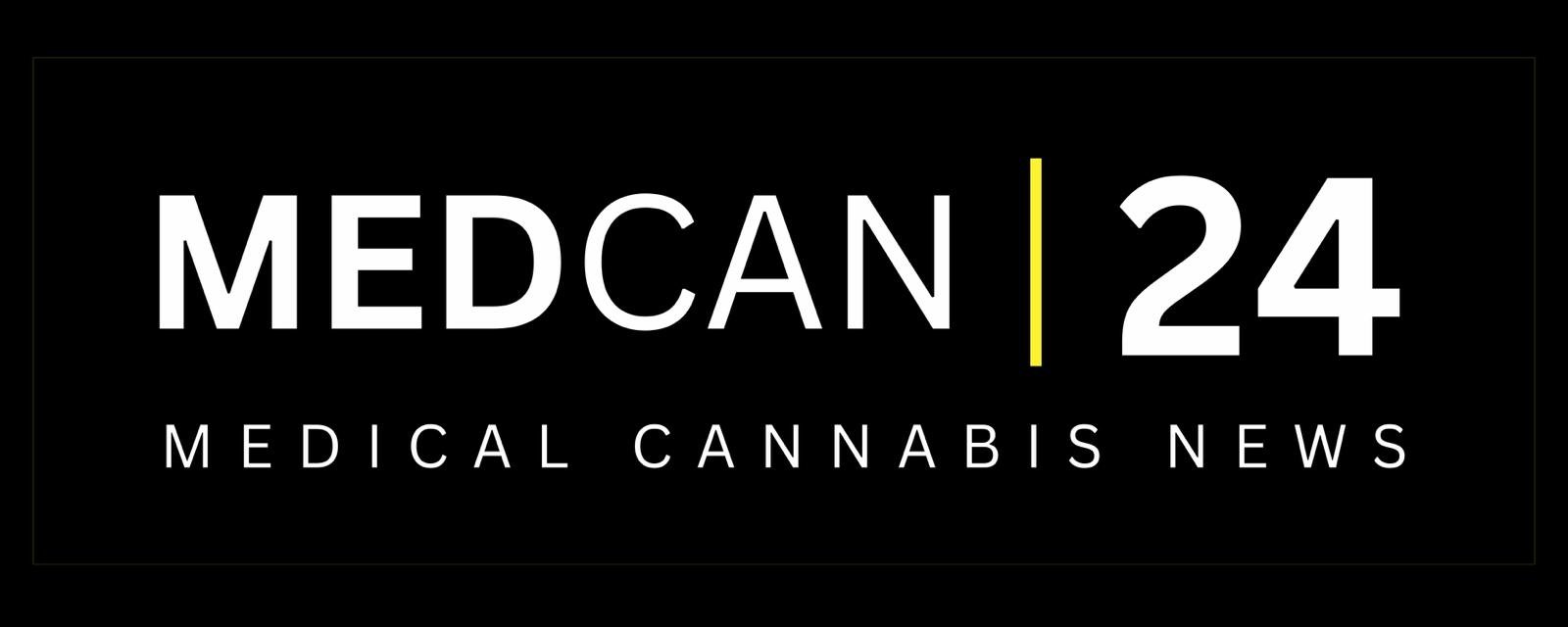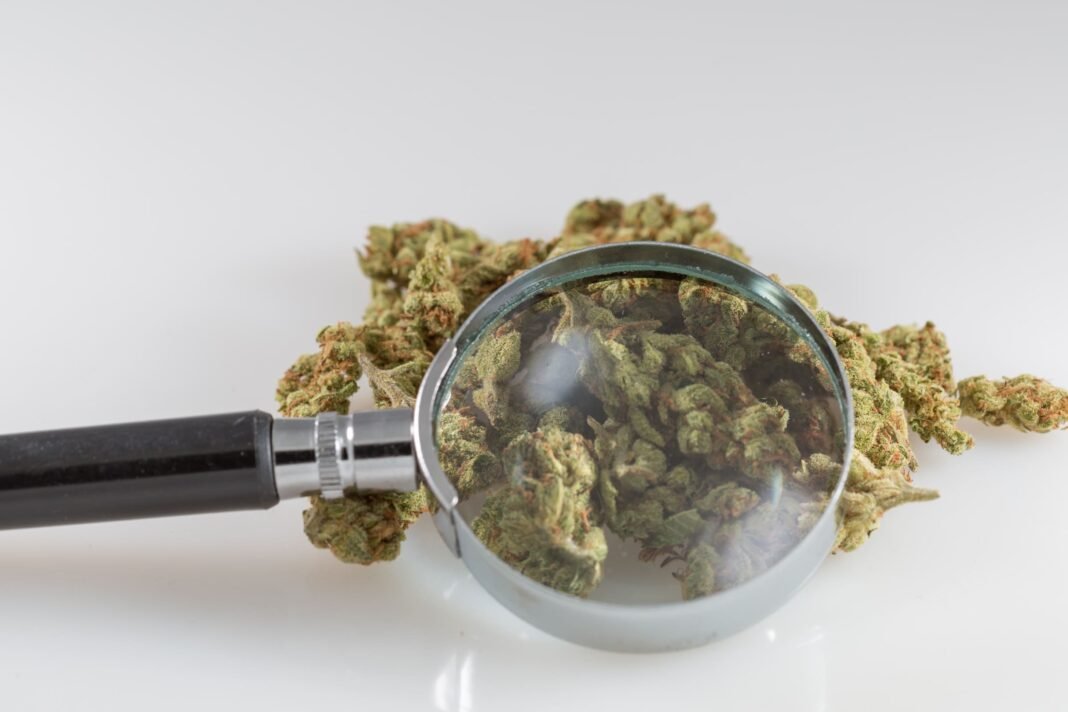The committee approved the spending bill that was attached with a report that said researchers needed to study a wider range of marijuana products, which better represented “the quality and quantity of cannabis strains that are commonly used by consumers.”
The House Appropriations Committee’s report on Labor, Health and Human Services, Education, and Related Agencies, approved Tuesday, also raises concern over the lack of technologies to detect driving while impaired by marijuana and about an increased number of cases reported of cannabinoid-induced hyperemesis (CHS).
The report includes a section on marijuana research. Members express their concern about the lack of a standard drug impairment for marijuana in the short-term and encourage the National Institutes of Health(NIH) “to continue to support a range of health research on marijuana and its component.”
In the report, the committee also states that it is aware that “the majority of Federal Research has been confined to marijuana, from a singular source, and encourages NIH research to include the diversity, quality and potency, of the commonly available cannabis strains, within current legal constraints.”
In recent years, the Drug Enforcement Administration has authorized additional marijuana manufacturers. Researchers are still unable to examine the cannabis products available in state-licensed retail outlets across the United States.
“Marijuana Research.—The Committee is concerned that development of a drug-impairment standard for marijuana remains unlikely in the near-term and encourages NIH to continue supporting a full range of research on the health effects of marijuana and its components, including research to understand how marijuana policies affect public health issues such as drug-impaired driving. The Committee recognizes that most Federal research is limited to marijuana, but encourages NIH research to include the diversity, quality and potency in commonly available cannabis strains, within current legal constraints. The Committee also continues to encourage the creation of an objective test for measuring marijuana impairment, as well as a field sobriety standard that is related to it to improve highway safety.
The report also includes a section on CHS. It is characterized by severe nausea, vomiting, and other symptoms that are “associated” with high-potency, prolonged cannabis consumption.
The Committee says that “with the increase in the use of THC-containing vaping products by adolescents and with the growing popularity of these products, further research is needed.” It also directs the Centers for Disease Control and Prevention (CDC), Substance Abuse and Mental Health Services Administration(SAMHSA) and National Institute on Drug Abuse (“NIDA”) to conduct a “study on the prevalence and incidence of CHS and evaluate any correlations” between CHS and THC vaping product use.
In accordance with the provisions, the agencies are required to deliver an interim and final report regarding the subject matter within 180 calendar days following the date of its enactment.
“Cannabinoid Hyperemesis Syndrome in Youth.—The Committee is increasingly concerned by the rise in reported cases of cannabinoid hyperemesis syndrome (CHS)—a condition associated with prolonged, high-potency cannabis use that leads to severe nausea and vomiting. The Committee is concerned that the use of vaping high in THC by adolescents and the growing popularity of these products warrants further research. The Committee instructs the Centers for Disease Control and Prevention to, in conjunction with the Substance Abuse and Mental Health Services Administration and National Institute on Drug Abuse conduct a survey on CHS prevalence among youth and evaluate any correlations that may exist between CHS and youth vaping THC products. The Committee asks for an interim report to be submitted within 180 days after the law is passed and a full report in one year.
The LaborH Bill itself also contains a section that forbids the relevant agencies to advocate the legalization Schedule I substances such as cannabis.
––
MEDCAN24 tracks hundreds of marijuana, psychedelics, and drug policy legislation in state legislatures this year. Patreon members who pledge at least $25/month gain access to interactive maps, charts and a hearing calendar.
Find out more about our marijuana law tracker. To gain access, become a Patreon supporter.
—
This section contains a clause that says that it “shall apply only when there are significant medical studies that show a therapeutic benefit to using such a drug or another substance, or when federally funded clinical trials have been conducted in order to prove therapeutic benefits.”
“SEC. 509. (a) None of the funds made available in this Act may be used for any activity that promotes the legalization of any drug or other substance included in schedule I of the schedules of controlled substances established under section 202 of the Controlled Substances Act except for normal and recognized executive-congressional communications.
(b) Subsection (a) does not apply if there are significant medical indications that the drug or substance is beneficial for therapeutic purposes or when federally funded clinical trials have been conducted in order to assess therapeutic benefits.”
A provision in the legislation limits federal funds from being used for harm-reduction efforts, like safe consumption sites and syringe swap programs.
“SEC. 525. No funds from this Act can be used for sterile needles and syringes for hypodermic injections of illegal drugs: However, this limitation is not applicable to elements of programs other than such purchases, provided that such funds are used in compliance with local and state law and that the Centers for Disease Control and Prevention determines the appropriate State or Local Health Department is either experiencing or at risk of an increase in HIV or Hepatitis A infections due to injection drug usage. 812).”
Rep. Madeleine Dean’s (D-PA), amendment to the law sought to eliminate the last sentence so funds can be allocated to safe consumption centers for illicit drugs. However, her proposal was rejected by a majority vote.
She said, “We must use every tool available to us to combat the overdose epidemic.” Overdose prevention centers can be misunderstood. Overdose prevention centers are places where there is trained staff available to intervene to reverse and prevent an overdose. These facilities often have fentanyl tests strips, Naloxone and other important services.
Dean stated that people have no other place to turn and wouldn’t seek treatment otherwise. “Most importantly, overdose prevention centers save lives… “Why not make sure that if somebody is going to use they have some company, they have some chance at being revived by Narcan, and also some chance for somebody to talk to them and say, ‘Are you ready for treatment?'”
Separately, the Appropriations Committee approved a bill last week that covered Financial Service and General Government. This measure was criticized by a Democratic congresswoman for the absence of protections to banks working with licensed marijuana and hemp businesses.
A report is also included in the legislation, that directs federal agencies to evaluate the “adequacy of” state-level cannabis regulatory models. The bill includes long-standing provisions, however, prohibiting Washington, D.C., to use its tax dollars for legalizing cannabis sales.
Meanwhile, the House Oversight Committee, chaired by Rep. James Comer (R-KY), is set to take up a series of bills on Wednesday that address D.C. policies, including one measure that would repeal a local law expanding expungements for marijuana possession.





